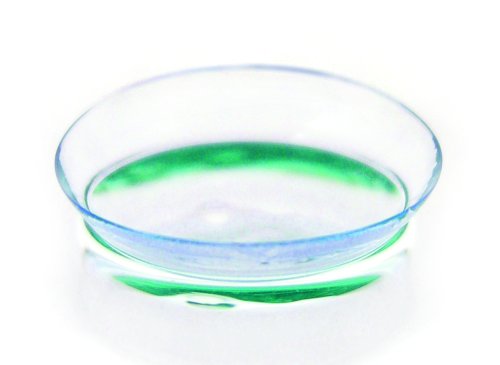 It’s fitting that a new technology so tiny it can’t be seen by the naked eye is being used to build a better contact lens.
It’s fitting that a new technology so tiny it can’t be seen by the naked eye is being used to build a better contact lens.

It’s fitting that a new technology so tiny it can’t be seen by the naked eye is being used to build a better contact lens. Organic chemistry professor Mingdi Yan has produced a molecule, formulated over the span of nine years in a lab at Portland State University, that when mixed with a solution and spread on a surface acts as a better binder. Think primer before the paint, except here the “molecular glue” as she describes it, is nanometers thick and photoactive, which means the molecule reacts to light. It then binds with the microscopic nuances of various materials, like woods, metals and plastics. Altering the surface of these materials is one way to control friction with other materials, which in this case may lead to a more comfortable contact lens. “The technology provides a platform to find a better solution,” Yan says. Her molecular recipe was granted a patent in August and is the first technology from PSU to be licensed internationally. Sure, it’s just a molecule, but it’s the small guys who try harder.
JASON SHUFFLER
Have an opinion? E-mail [email protected]

